Do you have an old stove that needs to be replaced? While it can seem daunting, replacing your stove is not as difficult a task as you might think. With the right knowledge and instruction, disconnecting a gas line from the stove is simple and straightforward.
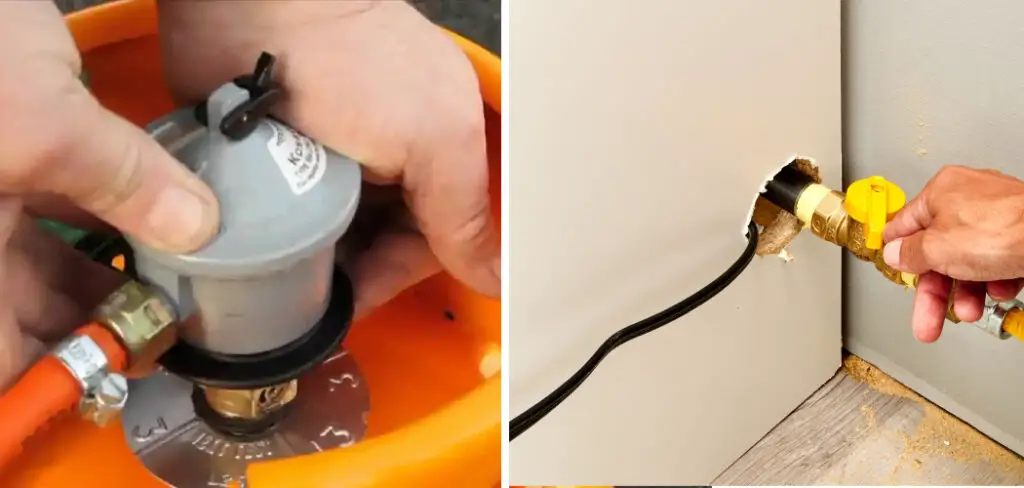
In this blog post, we will provide step-by-step instructions on how to disconnect gas line from stove so that you can replace or upgrade your kitchen appliances without any trouble!
If you have recently decided to switch up your kitchen, or perhaps just repair an appliance issue, then knowing how to safely disconnect gas lines from stoves is a great skill to learn. Not only will this help you with the installation of new appliances in the home, but it may also aid in potentially dangerous situations like gas line breakages and leakages.
Here we’ll walk through step-by-step instructions on how to safely disconnect a gas line from the stove so that you can worry less about any potential risks that are involved. So turn off your burner’s heat source and give yourself enough room and time for what could be a complicated process if done carelessly.
Why May You Want to Disconnect Gas Line From Stove?
1. To Switch Up Your Kitchen
One of the primary reasons why homeowners may want to disconnect a gas line from their stove is to switch up their current kitchen. Whether it’s due to an outdated aesthetic or a need to upgrade, swapping out one gas-powered stove for another can significantly alter the look and feel of a kitchen.
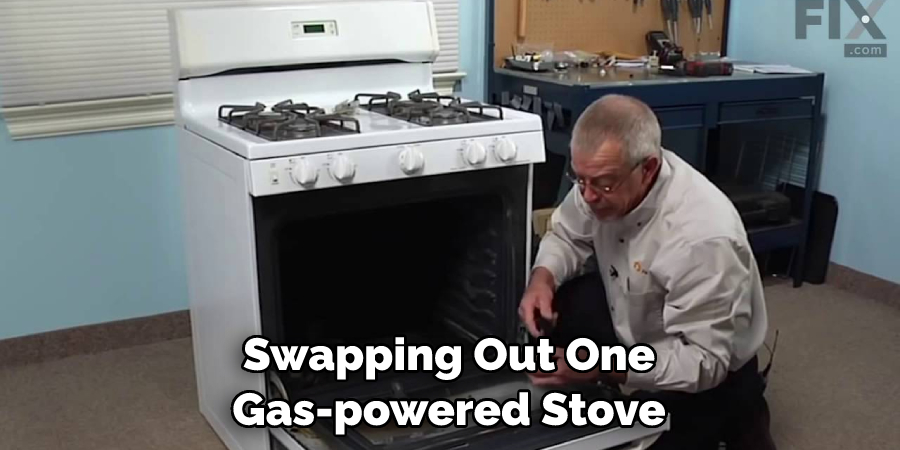
2. Moving Into A New Home
If you’re moving into a new house or apartment, you may find that the gas lines connecting to your stove are outdated and not compatible with your new appliance. In this case, disconnecting the gas line from the stove is in order to install a new one.
3. To Perform Maintenance On The Stove
there’s an issue with your current stove, disconnecting the gas line may be necessary to make repairs. Disconnecting the gas line works as a safety measure, helping to ensure no gas escapes in your kitchen while you work on the stove itself.
4. For The Safety Of Those In Your Home
Finally, if you suspect that there’s an issue with your gas line, such as a leak or instability, it’s best to disconnect the stove in order to ensure the safety of those living in your home. Taking this precaution helps keep you and your family safe from hazardous gas that could be present.
In short, there are various reasons why a homeowner may want to disconnect their gas line from the stove, from upgrading the kitchen to ensuring safety in the home. Knowing how to properly disconnect a gas line is essential for any homeowner who’s looking to make changes or repairs to their appliance.
How to Disconnect Gas Line From Stove in 5 Easy Steps
Step 1: Gather All The Materials
The very first step is to gather all the necessary materials. You will need a pair of pliers, an adjustable wrench, a screwdriver, and some sealant tape. So you have to make sure that you have everything ready before beginning the project.
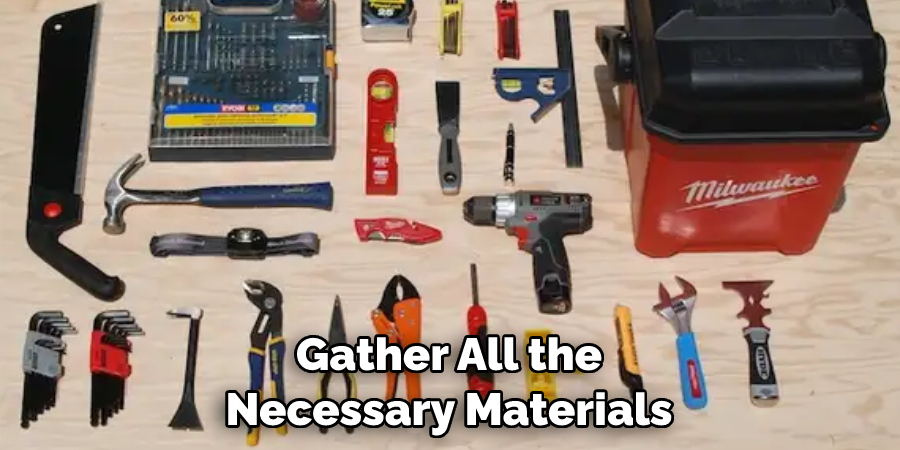
Step 2: Determine The Connection Type
The next step is to determine the type of connection your stove has. This will usually be either a compression fitting or a flare fitting. Depending on which one it is, you will need to use different tools and techniques to disconnect the gas line from the stove.
Step 3: Turn Off The Gas
Before disconnecting the gas line, it is important to make sure that the gas has been shut off. This can usually be done at the main gas valve or at the individual appliance. Once this is done, you can proceed with your project.
Step 4: Disconnect Gas Line From Stove
Once you have determined the type of connection, you can use a pair of pliers or an adjustable wrench to loosen the connections. If it is a compression fitting, make sure to remove any sealant tape before loosening the connection. Once you have loosened the connection, pull gently on the gas line and it should come off fairly easily.
Step 5: Clean Up
After you have disconnected the gas line, it is important to clean up any debris or residue that may be left behind. This can usually be done with a damp cloth or an all-purpose cleaner. Once this has been done, your project is complete and the stove should now be safe to use.
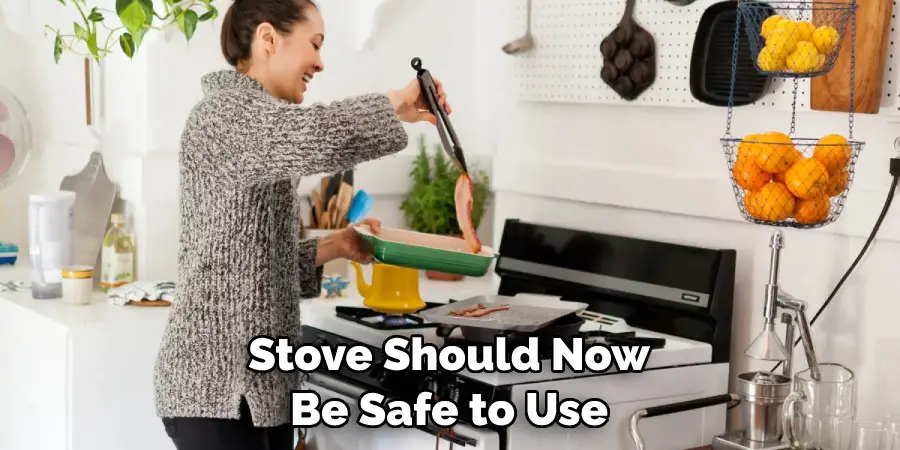
Following these steps should make disconnecting the gas line from your stove a relatively simple and straightforward process. However, if you are ever in doubt or uncertain of how to proceed, it is always best to consult with a professional before attempting any work on your own. Safety should always come first when dealing with potentially hazardous materials such as gas lines.
Some Extra Tips to Disconnect Gas Line From Stove
1. Do Not Force the Connector
Making one side of the connector turn can sometimes be difficult. If you feel any resistance when attempting to unscrew it, stop and try a different approach. It is possible that the pipe threads may have corroded together or become damaged, so forcing them apart could cause major damage.
2. Use Plumbers Tape or WD-40
If you are having difficulty unscrewing the connection, you can try applying a few wraps of plumbers’ tape around the threads. This can help give it extra lubrication. You can also spray some WD-40 on the connector as well to help loosen it up.
3. Use an Adjustable Wrench
An adjustable wrench can be used to help loosen the connector if it is stuck. Make sure you have a tight grip on the wrench and apply firm yet gentle pressure when turning it. Be careful not to over-tighten or put too much strain on the connector as this could cause damage.
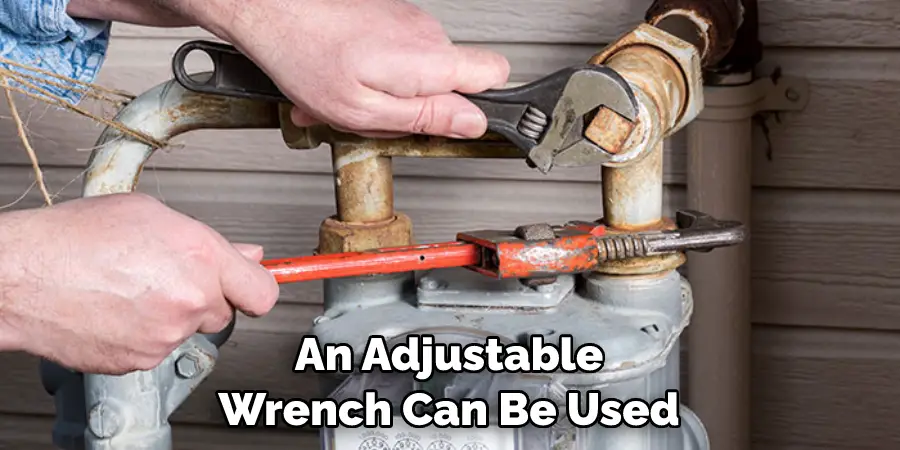
4. Leave it to a Professional
If all else fails, don’t hesitate to call a professional to do the job for you. They have the proper tools and experience necessary to get it done safely and quickly. It’s better to pay a few dollars extra now rather than having to replace your entire stove later on down the road because of something that went wrong during the disconnect process.
5. Properly Dispose of Gas Line
Once the gas line has been disconnected, make sure you properly dispose of it. This means taking it to a hazardous waste facility or having it recycled where available. Never throw it away in general trash as this is illegal and can be very dangerous.
Following these tips will help ensure that your disconnecting process goes smoothly and safely. Not only will it help you save time and energy, but it can also prevent future problems from occurring down the road.
Disconnecting a gas line from your stove may seem intimidating, but if you take all the necessary precautions and use the right tools, it can be done easily. Good luck!
Frequently Asked Questions
What Precautions Should I Take When Disconnecting the Gas Line From My Stove?
It is important to take several precautions when disconnecting the gas line from your stove. First and foremost, sure you turn off the main gas supply and then shut the valve at the gas line itself. Open windows in your kitchen as well to ensure proper ventilation, and always wear safety glasses when working with gas lines.
You should also make sure to have a bucket on hand in case of any leaking gas. Finally, be sure to use the correct size wrench or pliers that fits your specific connections.
What Tools Will I Need to Disconnect the Gas Line?
You will need a few tools to successfully disconnect the gas line from your stove. These include a pipe wrench or adjustable pliers, a bucket (in case of any leaking gas), and safety glasses. Additionally, you may need some teflon tape for use with new connections after disconnecting the old ones.
Conclusion
Disconnecting a gas line from your stove may seem like a daunting task, but if done safely and with the right tools, it can be a relatively easy job. Make sure to practice safety precautions such as wearing gloves and glasses to protect yourself from potential leaking gas.
Always double check the connection before turning the gas back on and don’t forget to always refer to your local regulations when working with any type of fuel source.
Learning how to disconnect gas line from stove is an essential skill that all kitchen owners should possess – especially those with older stoves in need of repair or maintenance. With just a handful of items and following these simple instructions, you can easily replace, repair or maintain your gas lines without having to bring in an expensive professional.
So why wait? Get equipped and get started today!
Professional Focus
Angela Ervin, a former interior designer turned blogger, specializes in kitchen design and renovations. Through her website, she blends her passion for cooking with design expertise, sharing practical and creative ideas. Known for balancing functionality and beauty, Angela’s insightful content has made her a trusted voice in home design and lifestyle.
About the Author
Angela Ervin, an experienced interior designer and blogger, combines her passion for kitchen renovations with storytelling. Living in Petersburg with her family, she enjoys cooking and testing her projects firsthand. Known for her humor and relatable style, Angela shares creative, functional design insights through her content, making her a trusted voice in home design.
Education History
University: Virginia Commonwealth University
Degree: Bachelor of Fine Arts (BFA) in Interior Design
- Angela’s education at VCU focused on mastering core interior design principles, including spatial planning, color theory, materials selection, and sustainable design practices.
- She gained hands-on experience through studio projects and collaborative design exercises, which honed her ability to create functional and aesthetically pleasing environments.
- Her coursework also emphasized problem-solving and practical applications of design, preparing her for real-world projects like her self-directed kitchen renovations.
- The program’s strong foundation in both technical skills and creative expression shaped Angela’s ability to seamlessly integrate form and function in her work.


